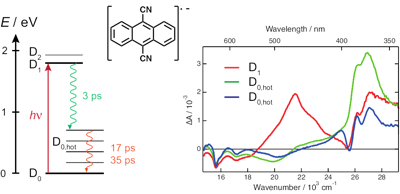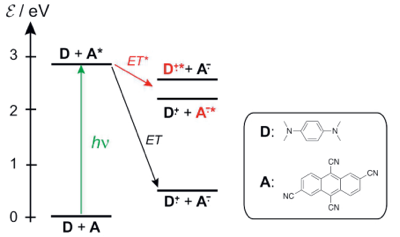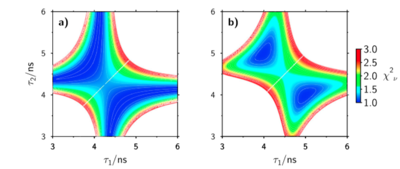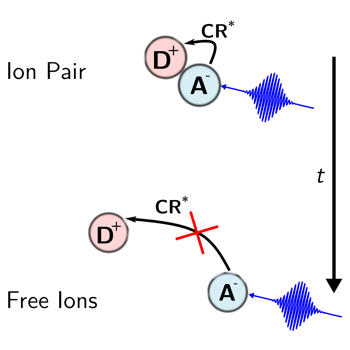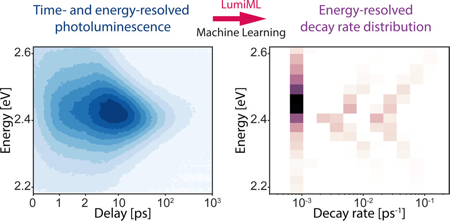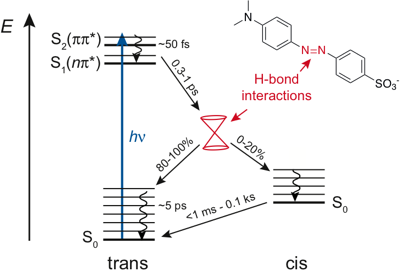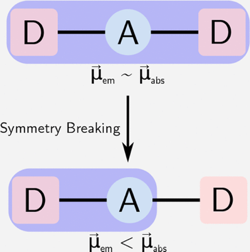-
Beyond the Threshold: A Study of Chalcogenophene-Based Two-Photon Initiators
M. Lunzer, J.S. Beckwith, F. Chalupa-Gantner, A. Rosspeintner, G. Licari, W. Steiger, C. Hametner, R. Liska, J. Fröhlich, E. Vauthey, A. Ovsianikov and B. Holzer
Chemistry of Materials, 34 (2022), p3042-3054


DOI:10.1021/acs.chemmater.1c04002 | unige:160462 | Abstract | Article HTML | Article PDF | Supporting Info
A series of nine soluble, symmetric chalcogenophenes bearing hexyl-substituted triphenylamines, indolocarbazoles, or phenylcarbazoles was designed and synthesized as potential two-photon absorption (2PA) initiators. A detailed photophysical analysis of these molecules revealed good 2PA properties of the series and, in particular, a strong influence of selenium on the 2PA cross sections, rendering these materials especially promising new 2PA photoinitiators. Structuring and threshold tests proved the efficiency and broad spectral versatility of two selenium-containing lead compounds as well as their applicability in an acrylate resin formulation. A comparison with commercial photoinitiators Irg369 and BAPO as well as sensitizer ITX showed that the newly designed selenium-based materials TPA-S and TPA-BBS outperform these traditional initiators by far both in terms of reactivity and dose. Moreover, by increasing the ultralow concentration of TPA-BBS, a further reduction of the polymerization threshold can be achieved, revealing the great potential of this series for application in two-photon polymerization (2PP) systems where only low laser power is available.

